See that chocolate cookie in the picture? It was delicious!
If I hadn’t been told, I never would have guessed it was made with rye flour. All I tasted was the chocolate.
When someone mentions rye, I usually think salami on rye bread. The end.
Not anymore. My taste buds have been awakened.
Enlightenment occurred at Standard Baking Co. on Commercial Street in Portland, where I was introduced to a rye I’d never met before.
Why all the fuss about rye? Because it’s good for you, that’s why! It’s a nutrient-rich whole grain that is low in saturated fat and a good source of dietary fiber. The unfortunate thing about rye is it often sits in the shadow of other whole grains, especially wheat. Someone told me that you have to acquire a taste for rye and that most people don’t even bother to give it a try.
Would you bite if you were offered a taste of these three breads? I did and I learned something. Not just about flavor and texture, but also about their origins. Do you know where the bread you eat comes from?
Jake Dyer, on the left in the picture above, grew the rye in the bread I sampled. He sold it to Amber Lambke on the far right, who milled it. She sold the rye flour to Alison Pray, who mixed it into the bread (and chocolate cookie) dough.
What an amazing concept to know so much about the bag of flour you’re baking with — to be able to trace it all the way back to the plot of land where the seeds were planted and the rye harvested and then to the mill where it was ground into flour. There’s a term for it — identity-preserved flour.
Jake, along with his wife and father-in-law, owns Benedicta Grain Co. in Benedicta, Maine (Aroostook County), where they grow acres of certified organic grains for seed and processing. They started growing barley for animal feed in 2008 and have been diversifying their crops every year since. “We grow barley, we’ve done oats, we’ve done spelt,” Jake explained. “Two years ago we planted our first rye crop.”
Rye is a perfect grain to grow in Maine, where the weather can be harsh and the sunlight scarce. It’s also a good crop for organic farmers like Jake. “We really like the crop,” he says. “It’s a winter crop so our ground is covered for erosion over the wintertime. Also, weeds are one of an organic grain grower’s number one enemies and rye does a really good job of weed control.”
Rye also holds a good place in crop rotation, which is also important to organic farmers. Rotating crops helps keep the soil fertile and free of disease. It also has a non-soil related benefit, Jake says — “It spreads the workload over the year. You put it in the ground and basically, there’s not a lot to do.”
At first, Benedicta Grain grew the rye just for straw because there was a huge demand. However, they were left with tons and tons of rye and quickly realized they needed another market for their crop. That’s where Amber comes in. For the past year, she has been one of Benedicta’s biggest rye customers.
You’re looking at what used to be the old county jail in downtown Skowhegan. Amber and her business partner Michael Scholz converted it into the Somerset Grist Mill, which began operating in 2012. The mill processes primarily wheat, oats, rye and small quantities of buckwheat, flint corn, barley and some heritage varieties of wheat under the brand name Maine Grains.
Flour is ground between four-foot diameter millstones. “It’s different from how flour is milled in industrial flour mills, where they use steel roller mills that crack and flatten and crush the grain, “Amber explains. “We use stones that grind and pulverize the grain — they pulverize the whole kernel, the bran and the germ, which disperses the natural oils and nutrition in the kernel throughout the flour. We wanted stone milling equipment because we believe it’s better. It’s more nutritious and more flavorful and it’s intended to be used fresh.”
Alison Pray has a great appreciation for Maine Grain’s products and also a great appreciation for rye, something she is trying to pass along to her customers at Standard Baking Co. “Earlier this year I went to Denmark and Germany for inspiration about bread and baking traditions using rye flour and other grains,” she says. “They have such a wide variety of ways of eating and incorporating whole grains into their diets. It’s not just breads, it’s pastries, which is one of the most exciting things we found when we were there — all kinds of treats — rye cakes, rye cookies, things we wouldn’t naturally think of in this country.”
The loaves of rye bread Alison baked for the tasting event might not be the kind most people are accustomed to. “It’s not salami on rye and it’s not the New York deli rye that you think of,” she says. “That’s the challenge of introducing these types of breads to our customers. If we label it rye, an immediate response might be ‘I don’t like rye’ and they’re looking at something else. I think some people’s first impressions of rye are a New York deli rye that’s overpowering with caraway — they just naturally associate it with caraway and maybe they don’t like caraway.”
The bakery does sell deli rye, but the rye breads Alison made show the range of possibilities beyond the expected. First up: rye flax bread.
The loaf was made with about 70 percent of Amber’s high extraction wheat flour and a much smaller amount of cracked rye. Alison soaked the cracked rye overnight to make a porridge, which she mixed into the wheat flour. Soaking the cracked rye makes it more digestible, she says.
Extraction refers to how much flour you get from the grain when it’s milled. If it’s 100 percent, it contains all of the grain and if it is low extraction, it contains less and is more like white flour. High extraction simply means a small amount of bran has been sifted out.
Making a loaf of bread with just a little bit of rye flour is a good way to start if you haven’t baked with rye before. “The tip I would offer home bakers unaccustomed to baking with rye, “says Alison, “is to simply substitute a small portion of all-purpose flour in their favorite recipes with the same amount of whole rye flour. Ten to 20 percent of the total flour would be a good ratio to start with in most cookie, cake or pastry recipes.”
The rye flax bread had a lovely flavor and texture, with just a hint of rye.
Our next loaf to sample was German-style rye. Again, it wasn’t made with 100 percent rye flour, but with much more than the first loaf. It was quite dense and had a sweet taste — good for sandwiches, strong-flavored meats and smoked cheese I’m told.
If you’d like to try making something similar, Alison shared this recipe from a baker she met in Denmark.
The final loaf of bread we sampled was 100 percent rye. It was a traditional, very dense and chewy German bread called vollkornbrot, which is German for whole wheat bread. Vollkornbrot is the foundation of the Scandinavian and German diet.
“We have people who eat this bread, grew up with this bread and love it,” says Alison, “and then there are people who look at it and say it doesn’t look like bread. To me, it’s health food — the healthiest food …”
To wrap things up, Alison served some fruit and nut granola bars made with rye. She was kind enough to share her recipe.
What about you? Do you cook with rye? Do you have any tips or a recipe to share? If you’re all fired up to do some baking, Maine Grains sells its flour wholesale throughout Maine and New England and even New York City. Look for it at your local natural foods store.
If you’ve never tried rye before, just do it!


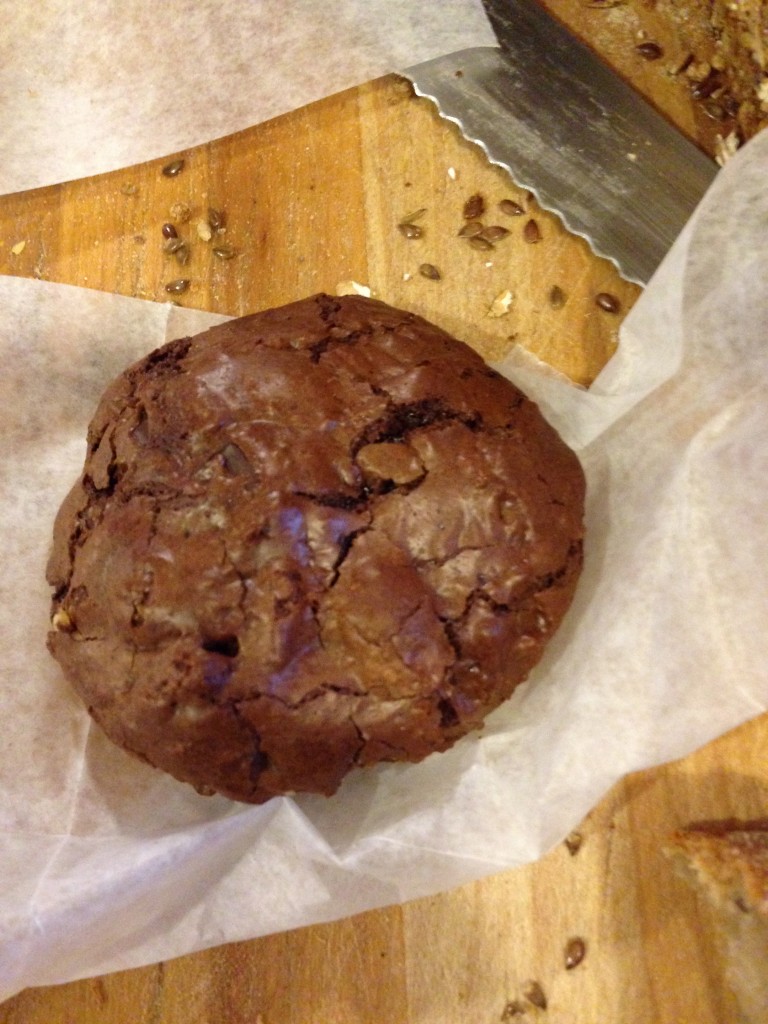
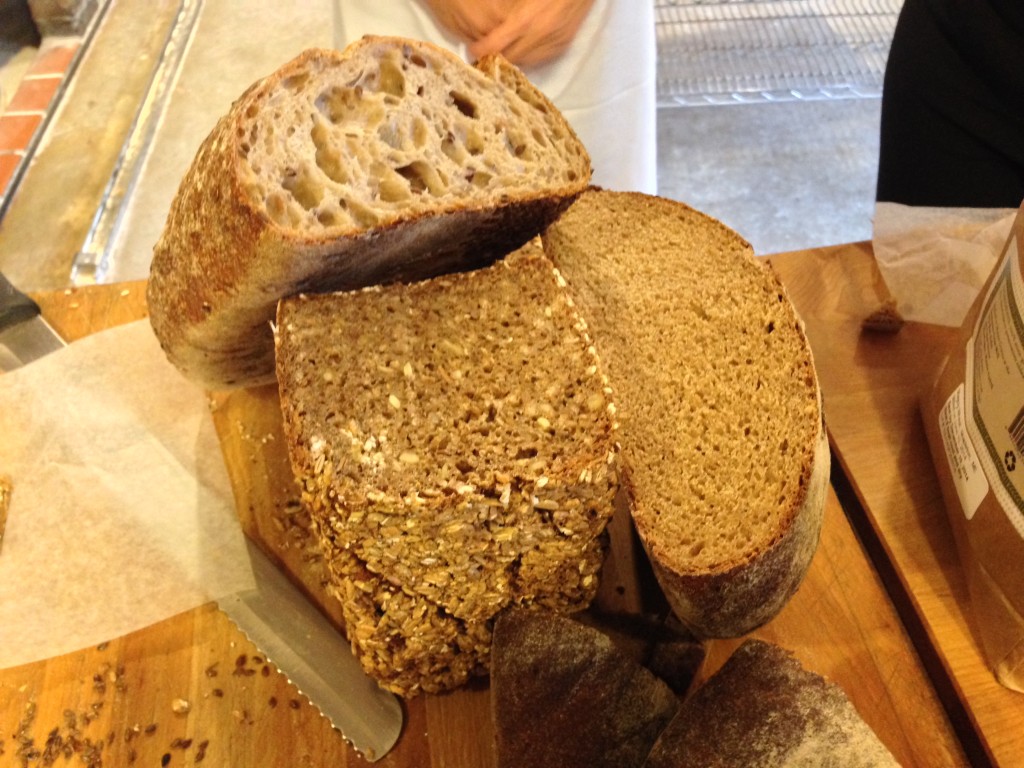
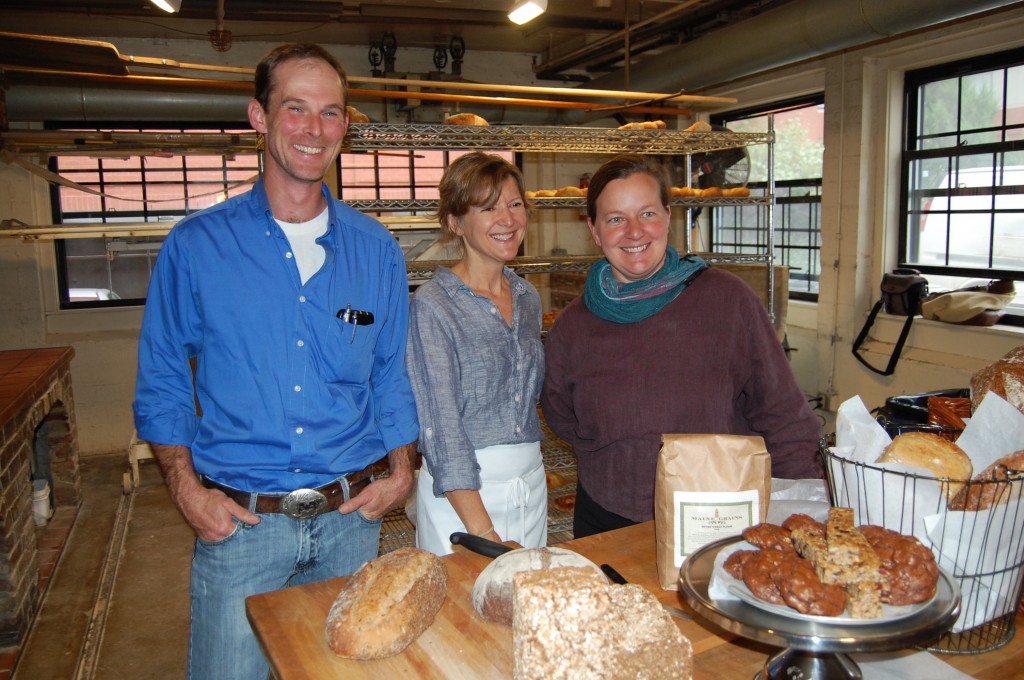
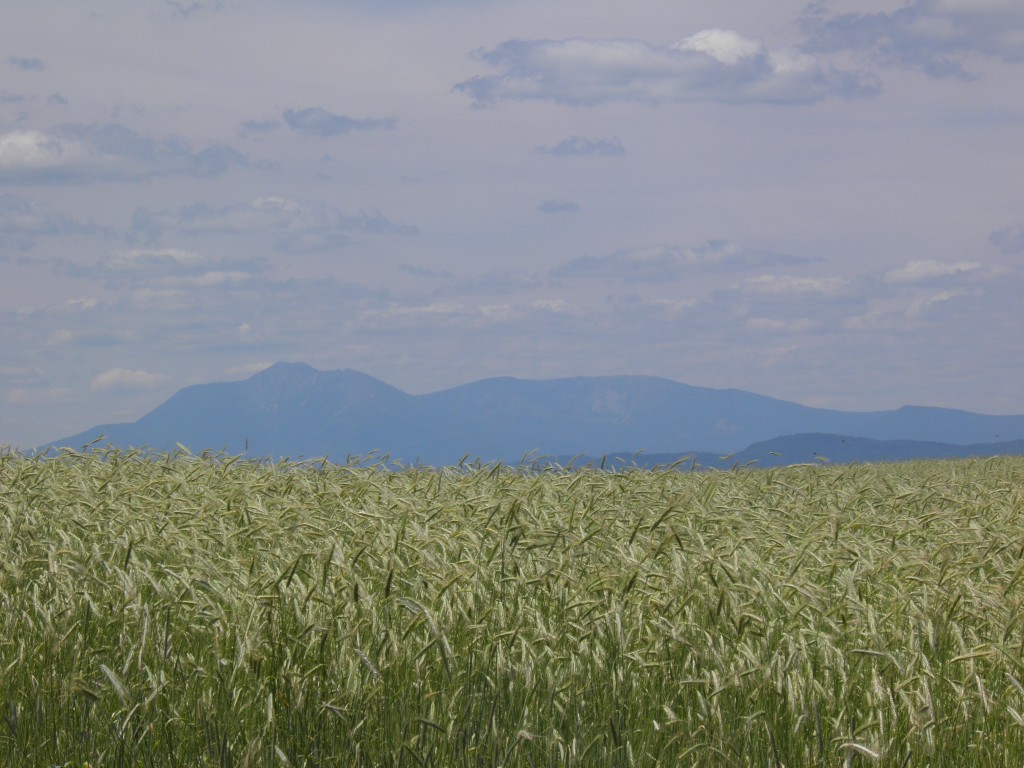
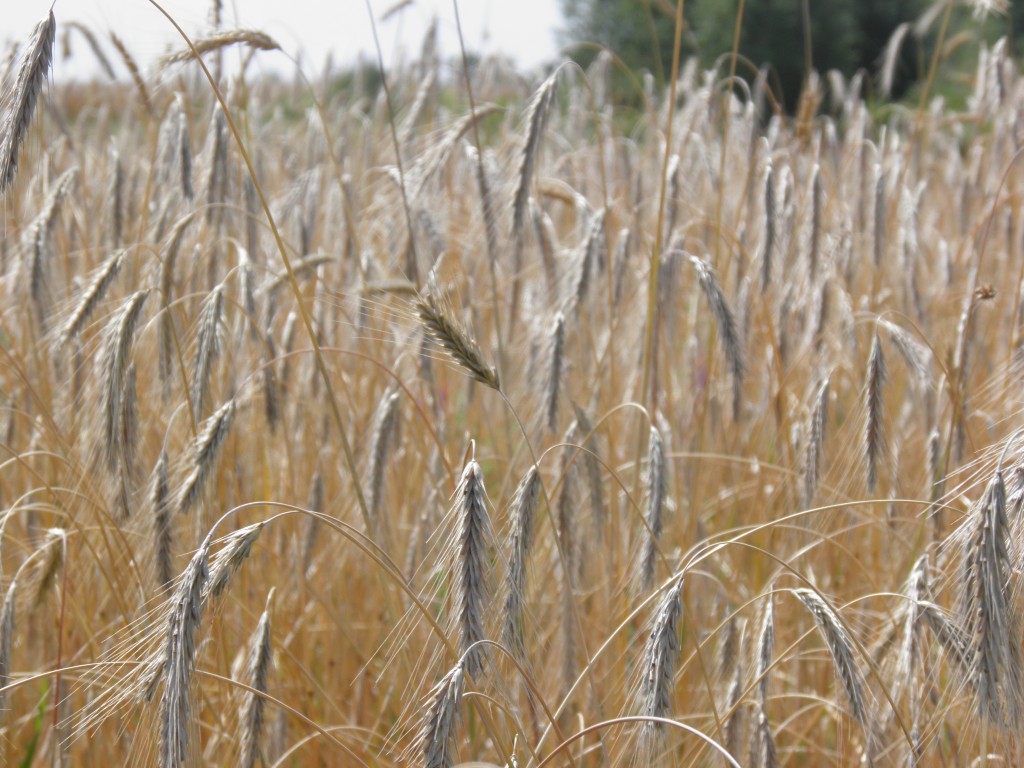
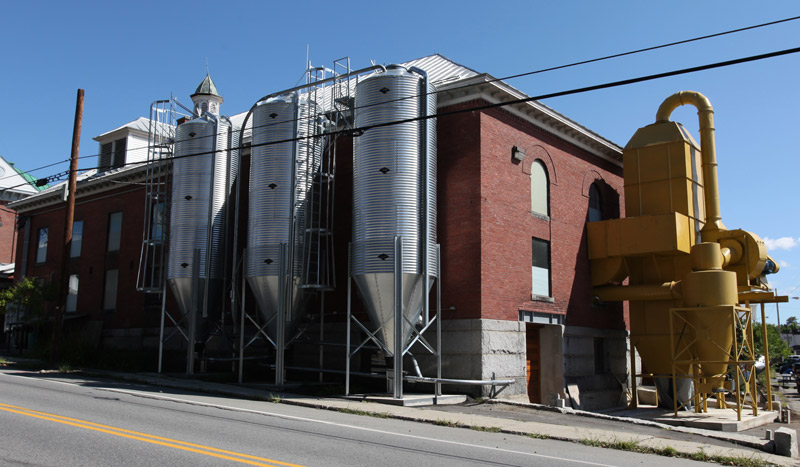
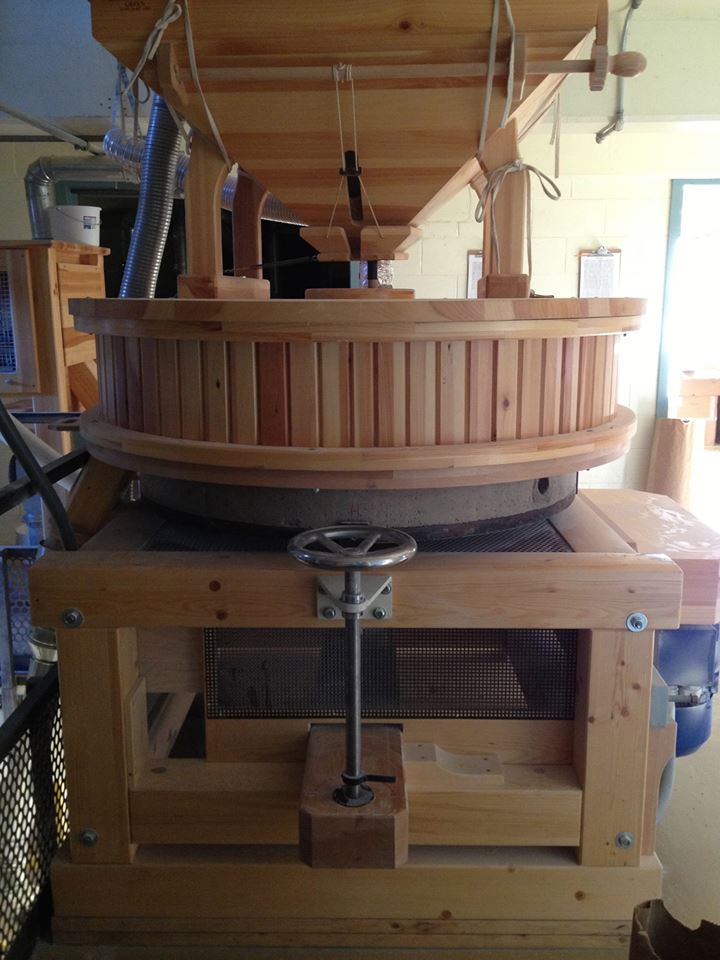
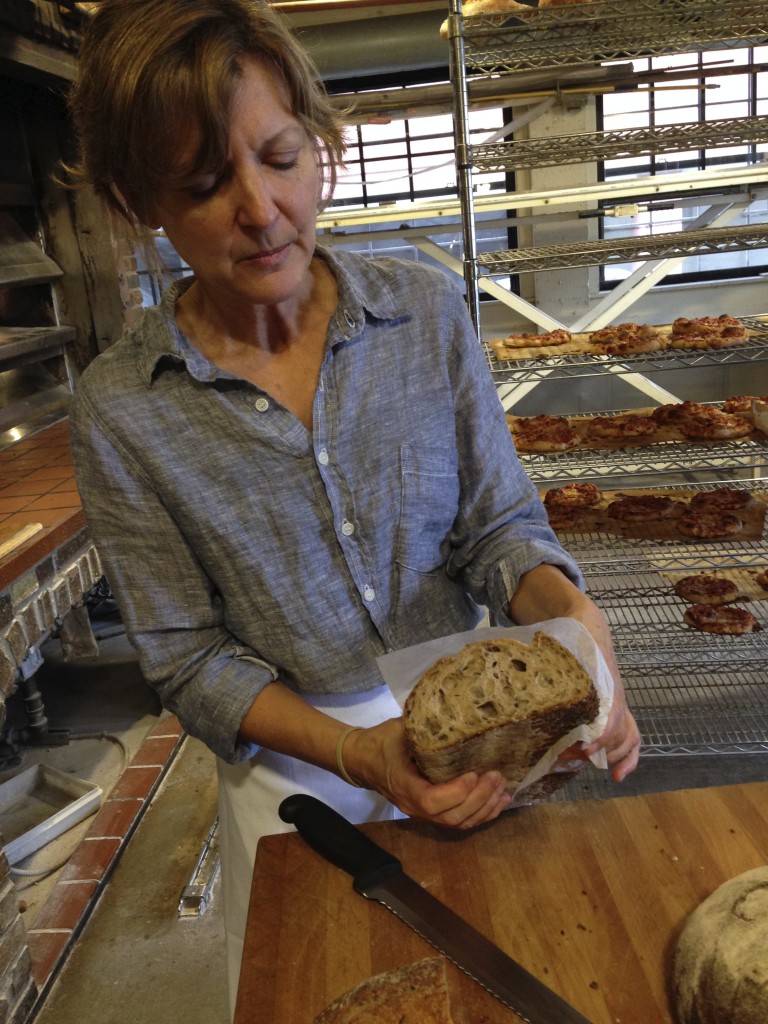

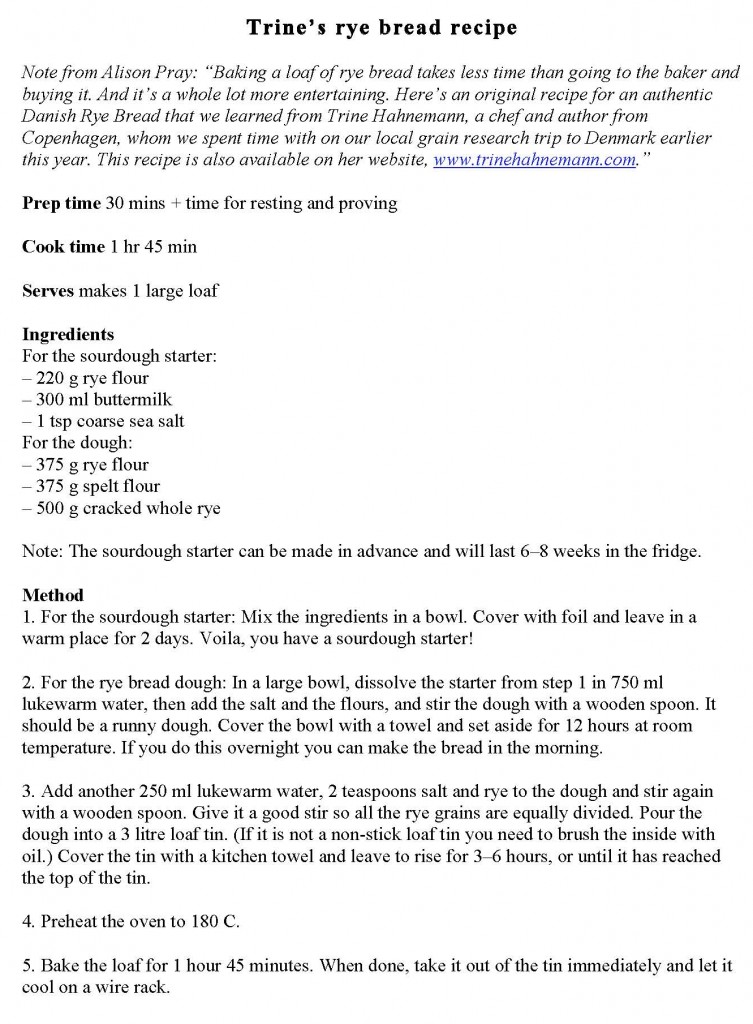
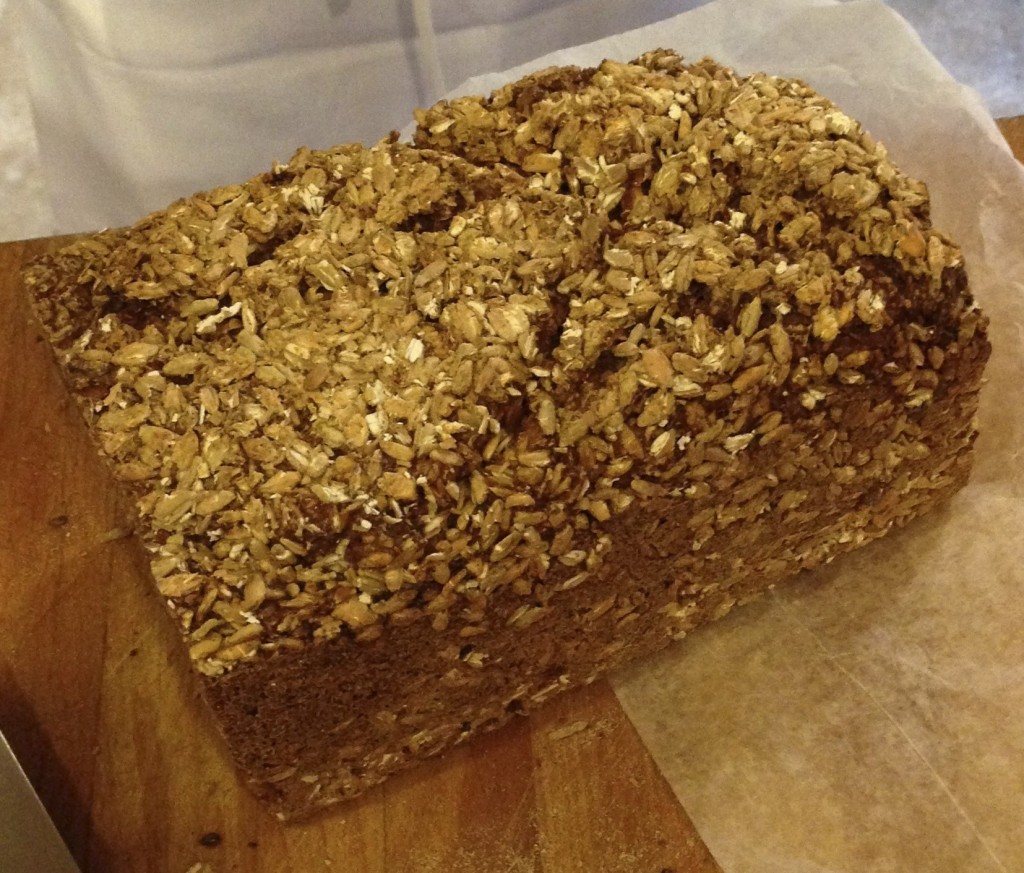
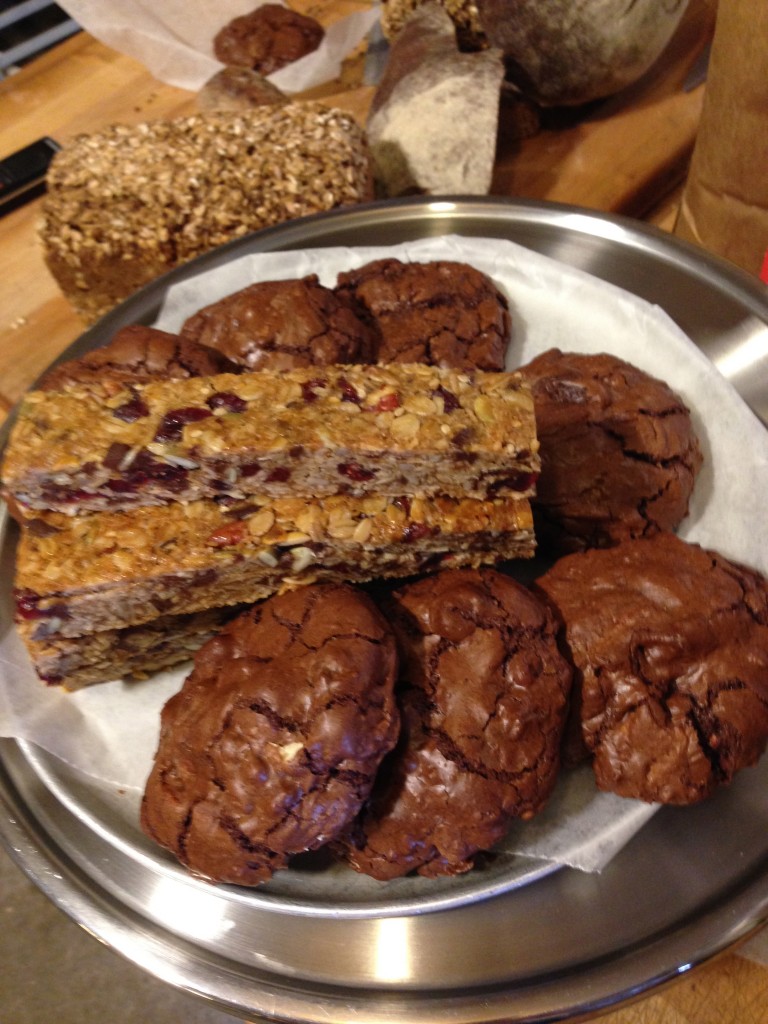

Leave A Comment